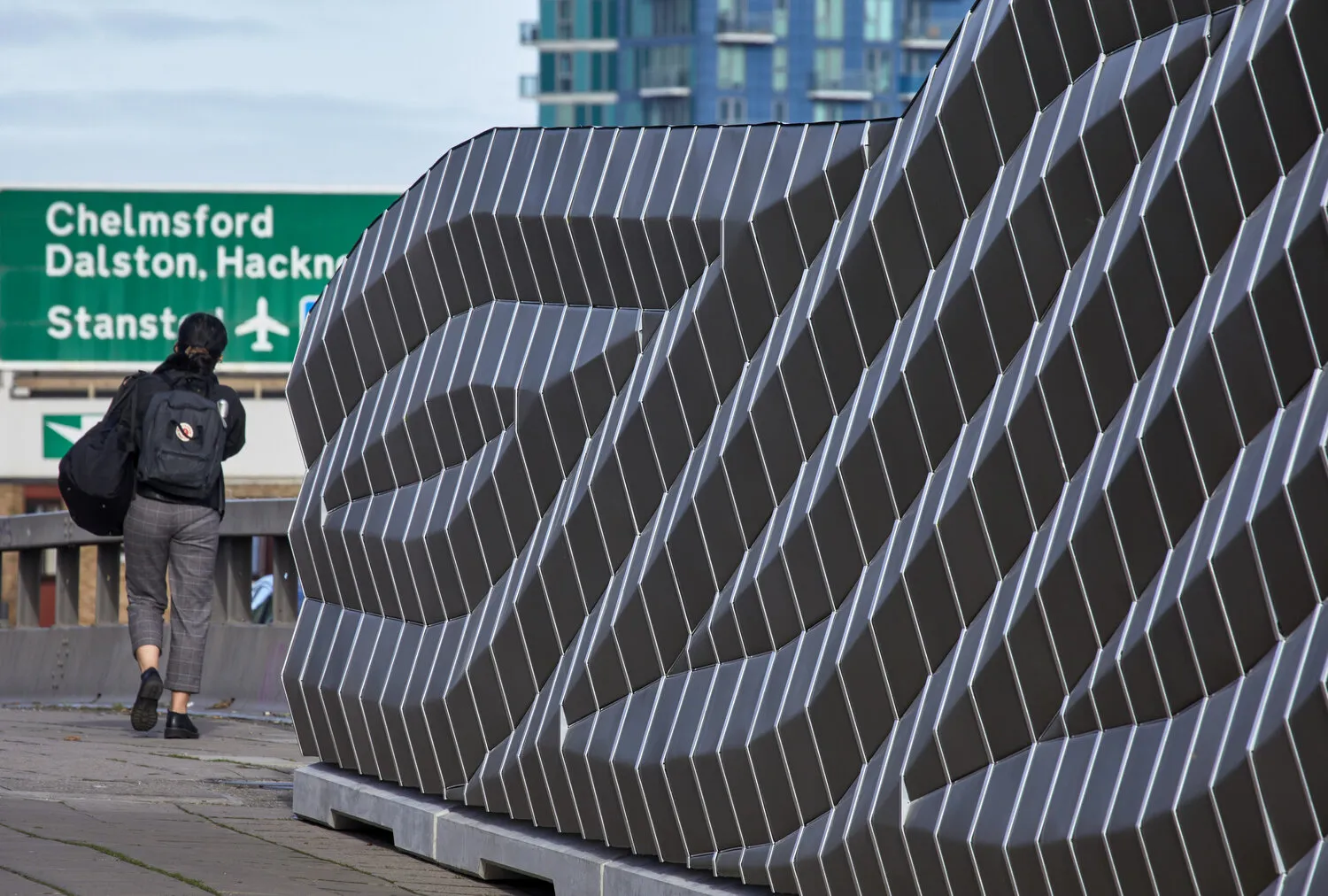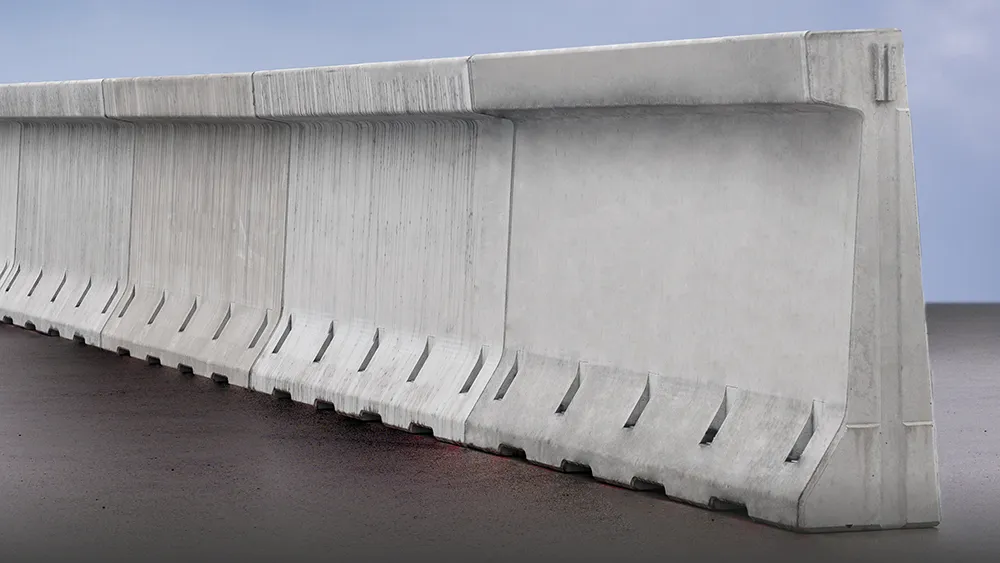Representatives from local authorities, the police, and the highway safety-related business world attended last month’s UK Roads Crash Demonstration Day at MIRA near Nuneaton, in central England. Guy Woodford reports It was never meant to be an occasion for crash test dummies. And each of the latest road safety solutions from leading highway technology companies tested at the UK Roads Crash Demonstration Day passed with top marks. A crowd of over 100 enjoyed the high impact, minimum damage action.
July 19, 2012
Read time: 4 mins
Representatives from local authorities, the police, and the highway safety-related business world attended last month’s UK Roads Crash Demonstration Day at MIRA near Nuneaton, in central England. Guy Woodford reports
It was never meant to be an occasion for crash test dummies. And each of the latest road safety solutions from leading highway technology companies tested at the UK Roads Crash Demonstration Day passed with top marks. A crowd of over 100 enjoyed the high impact, minimum damage action which featured:- A 900kg car colliding with a new 140mm diameter fibre composite traffic signal post provided by
1604 FSP Ltd, complete with1134 Siemens signal head and electrical supply, and planted in an5610 NAL Retention Socket.
- A saloon car striking a Barrier Guard 800
- An NE classified shored-up sign structure from
5608 SAPA Poles being hit by a 1,500kg HGV
- A 4m high passively safe SAPA Poles traffic signal pole being struck by a fast moving vehicle.
4017 Delta Bloc’s DB 100 H4a vertical concrete barrier being hit by a 7.5tonne commercial vehicle at 97kph (60mph).
After the demonstration of the firm’s Barrier Guard 800 gate, Highway Care (HC) managing director Steve Powell said: “Barrier gates are being used more and more on roads now. This test shows there is a barrier gate system that contains an accident with minimum [vehicle] deflection, while requiring no repair or replacement.“
Powell said the Barrier Guard 800 gate was being used on major highways all over the world. Within the last year HC has also made available a Barrier Guard 800 gate with wheels which, Powell said, is the only wheeled-gate barrier solution on the market.
In the exhibition area Valmont-Stainton (VS) UK national sales manager, Ian Huxley, and VS area sales manager Emma Berry, were highlighting the benefits of the firm’s Salus passive safety steel lighting column.
Huxley said: “Today is almost its official (UK) launch. People have been particularly interested in the fact that the product is made out of steel rather than aluminium. Events like this are important, particularly when you’re introducing new products.”
Miles Dadson,
UK Roads managing director, Andrew Pledge, said: “The ability to watch high energy passive safety demonstrations makes MIRA a wonderful venue for road safety education, and the visual impact of crash testing adds tangibility to this important form of engineering. Next year we hope to see even more people attending this event, and it would be great to see both active and passive road safety systems on show.”
The full list of exhibiting companies at the UK Roads Crash Demonstration Day were: Mott McDonald; MIRA; SAPA Poles; FSP;








